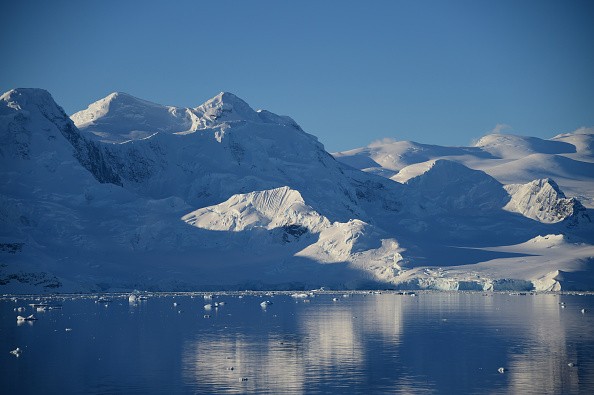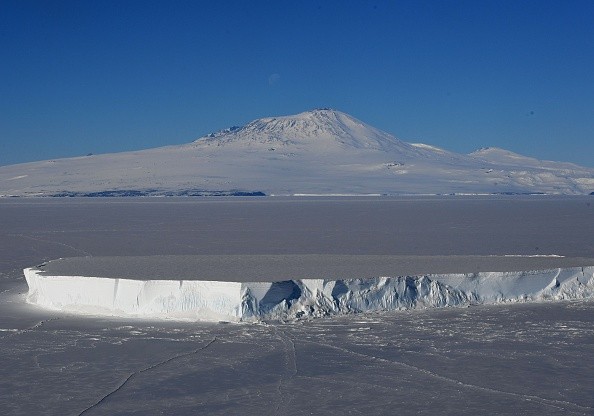An unidentified culprit has been the cause of oxygen declines in our atmosphere for not less than 800,000 years. After analyzing the air bubbles stored in Antarctic ice for about 1.5 million years the likely suspect was caught.

Decline in Atmospheric Oxygen Levels
In the late Pleistocene, oxygen levels started to decline significantly, and it seems that glaciers may have been a factor, according to Rice University's Yuzhen Yan, the corresponding author of the geochemical research published in Science Advances.
The oxidation of metals is one of the most fundamental processes that break down rocks and minerals during weathering. An example is the corrosion of iron. Exposure to oxygen, or O2, causes iron surfaces to develop a reddish iron oxide, according to Phys.org.
Yan, a postdoctoral research associate at Rice University's Department of Earth, Environmental and Planetary Sciences, said that when you expose new crystalline surfaces from the sedimentary reservoir to O2, you get weathering that consumes oxygen.
According to Yan, glaciers may increase the amount of oxygen in the atmosphere by revealing organic material that has been buried for millennia.
The oxygen content of Earth's atmosphere has decreased by about 0.2% over the last 800,000 years, according to a study led by Daniel Stolper, an assistant professor at the University of California, Berkeley, who conducted his Ph.D. research in the Princeton University labs of Michael Bender and John Higgins.
Analysis of Bubbles in Ancient Ice Cores
Scientists from Oregon State University and the University of Maine and the University of California, San Diego studied bubbles in earlier ice cores to indicate that the O2 drop started approximately 1 million years ago when the duration of Earth's glacial cycles more than quadrupled.
The past 2.7 million years have been an ice era. After then, there were other glaciations. The ice caps extended and retreated, covering up to a third of the world.
A million years separated the four unique times. Glacial cycles started lasting 100,000 years when oxygen levels in the atmosphere started to decline.
Yan claimed that Earth's biosphere had nothing to do with the decline in O2 levels because it is self-sustaining, taking in as much O2 as it produces. On a global scale, weathering is most likely to consume enough excess O2 to explain the decline, and Yan and colleagues considered two scenarios for increasing weathering.

Oxidizing Power of Atmospheric O2
When glaciers advance, the global sea level drops, and when they retreat, it rises. The magnitude of sea level swings more than doubled along with the lengthening of glacial cycles.
The oxidizing effect of atmospheric O2 would have been exposed to previously submerged terrain as coasts expanded.
"We did some calculations to see how much oxygen that might consume and found it could only account for about a quarter of the observed decrease," Yan said.
For each glacial cycle, the amount of ice covering is not exactly known. As a result, the quantity of chemical weathering from glacial erosion is subject to more uncertainty. Yan, on the other hand, said that the data indicated that it might be drawing sufficient oxygen to explain the reduction.
"On a global scale, it's very hard to pinpoint," he said. "But we did some tests about how much additional weathering would be needed to account for the O2 decline, and it's not unreasonable. Theoretically, it could account for the magnitude of what's been observed."
Related Article : Lack Of Oxygen Will Lead to 'Death' of Most Life on Earth in Billion Years, Say Experts
For more news, updates about oxygen and similar topics don't forget to follow Nature World News!
© 2024 NatureWorldNews.com All rights reserved. Do not reproduce without permission.






